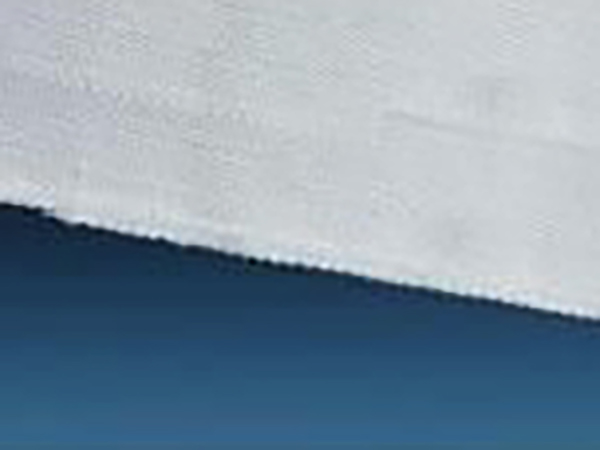According to Energy.gov, the average American spends about $2,000 on energy usage each year. However, 10% to 20% of this money simply goes to waste for the average homeowner because of drafts, air leaks, and outdated air control systems. One way to cut down on the waste is by adding insulation to your home in areas like attics, crawlspaces, and exterior walls. Adding insulation isn't cheap, though. Most people can expect to pay anywhere from $1,000 to $2,600 to install it, depending on what material they select and how much they need. However, you may have heard of an option that is quite a bit cheaper involving natural materials. But can you actually use hay or straw bales and products as an alternative insulation material for your home? You can, but it does come with some potential drawbacks.
A straw bale is going to offer an R-value when used inside walls of up to R 2.38 per square inch. The R-value measures the ability of material to resist conductive heat flowing through it. Materials with higher R-values are better at insulating. The R-value for other types of more conventional insulation include R 2.9 per square inch for loose fiberglass, R 3.8 per square inch for loose cellulose, and R 8.0 per square inch for polyurethane foam. A straw bale isn't quite as insulative as some of the more conventional materials, but it's not at a significant disadvantage versus other loose materials. Fiberglass Mat

Farmers have proven the insulative effects of hay and straw for decades, even creating buildings with hay bale walls starting around 1900. They may stack hay around a barn that doesn't have other types of insulation for wintertime. The bales not only help to keep the heat inside the barn, but they also reduce the effects of cold wind on a leaky barn structure by blocking the wind. When the farmers feed the hay to the animals, the bales are already near the barn, making it easier to move them. And by the time the weather begins warming in spring, the farmer doesn't need the hay as insulation anymore, which is why it's all right that the animals have eaten most or all of it.
Homeowners can use these bales as insulation almost anywhere, including inside walls, ceilings, and attics. If you have a crawlspace or a foundation that has some gaps, you could surround the home with straw bales or loose straw wrapped in plastic to cut down on cold air in the winter moving through these areas, keeping your entire house feeling warmer.
When you want to fit the bales inside a wall or attic area, the size may limit where you can place them. However, you can use a chainsaw to reshape them to make them easier to fit. You also can place loose straw inside plastic bags to fit odd-shaped areas.
Although bales of straw are able to provide insulation for a home, garage, or barn, there are some downsides to using this material. Depending on where you live, rectangular bales can cost up to $10 apiece and can weigh up to 50 pounds. You also may have to pay transportation costs to get them to your home. It's almost certainly cheaper to use hay than, say, a roll of fiberglass insulation that costs around $30 at Home Depot. However, the roll of fiberglass weighs about 14 pounds and is going to be far easier to move into place than a bale of hay. Additionally, the fiberglass rolls have a width that usually fits nicely between wall studs, greatly simplifying the installation process.
Also, using straw as insulation is more of a fire hazard than fiberglass rolls, the latter of which consist of materials that are naturally fire resistant. If you pack the hay or straw tightly enough, though, the chances of it burning are less than with other materials frequently found inside a home's construction.

Fiberglass Tube The bales could introduce dust into your home versus using fiberglass. The process of harvesting hay generates dust that ends up inside the bales. If you have poor-quality hay, the amount of dust may increase significantly. Additionally, allergies to hay are fairly common. More than one-quarter of U.S. adults report having symptoms of this type of allergy.